PROTECTIVE WORK WEAR FOR WORKING SAFELY IN HAZARDOUS ENVIRONMENTS
Protective work wear is a part of personal protective equipment. It must be worn during all occupational tasks which, due to their nature, can lead to injuries or damage to health. Areas of application extend to different industries: mechanical engineering, metalworking industry, chemical industry, aerospace engineering, energy supply, logistics and shipbuilding.Protective work wear protects your employees against different hazards:
- Visual: poor visibility during the day or at night
- Chemical: spray, spatter, gases, particles
- Thermal: flying sparks, molten metal spatter, thermal radiation, hot liquids
- Electrical: electric arcs, electrostatic charges
SPECIAL SAFETY CLOTHING FOR EVERY AREA OF APPLICATION
There are different types of protective work wear. They differentiate depending on area of use. The most important include high-visibility clothing, flame-retardant and welder’s protective clothing, heat-protection clothing, multi-standard clothing as well as chemical protection clothing and disposable protective clothing.

High-visibility clothing is necessary whenever poor visibility is present. High-visibility jackets, vests and trousers consist of fluorescent or reflective material and are divided into three protection classes. The protective effect increases the higher the proportion of the protective work wear that this material covers. Depending on the area of application and the required level of contrast with the environment, there is a choice between high-visibility yellow, high visibility orange and high-visibility red.
Flame-retardant clothing is mainly worn to ensure that clothing does not catch fire and/or to limit the spread of flames. Welder’s protective clothing is part of personal protective equipment for workers who carry out welding work. Heat-protection clothing is necessary for example in the heavy metal industry, which involves working with high temperatures. In areas in which protective work wear must fulfil different standards, multi-standard clothing is used. Depending on the design, these clothes offer multi-faceted protection, for example against electric arcs, heat, flames or even liquid chemicals.
For tasks involving chemicals you need chemical protection clothing. Depending on the requirements and chemicals, this is either reusable protective clothing or special disposable protective clothing. The latter is used if employees work with nuclear materials, biological or chemical substances.
Do you have any questions? Our experts are keen to help you at any time:
SPECIAL APPLICATION AREAS FOR PROTECTICVE WORK WEAR
We will describe some special application areas for protective clothing below.
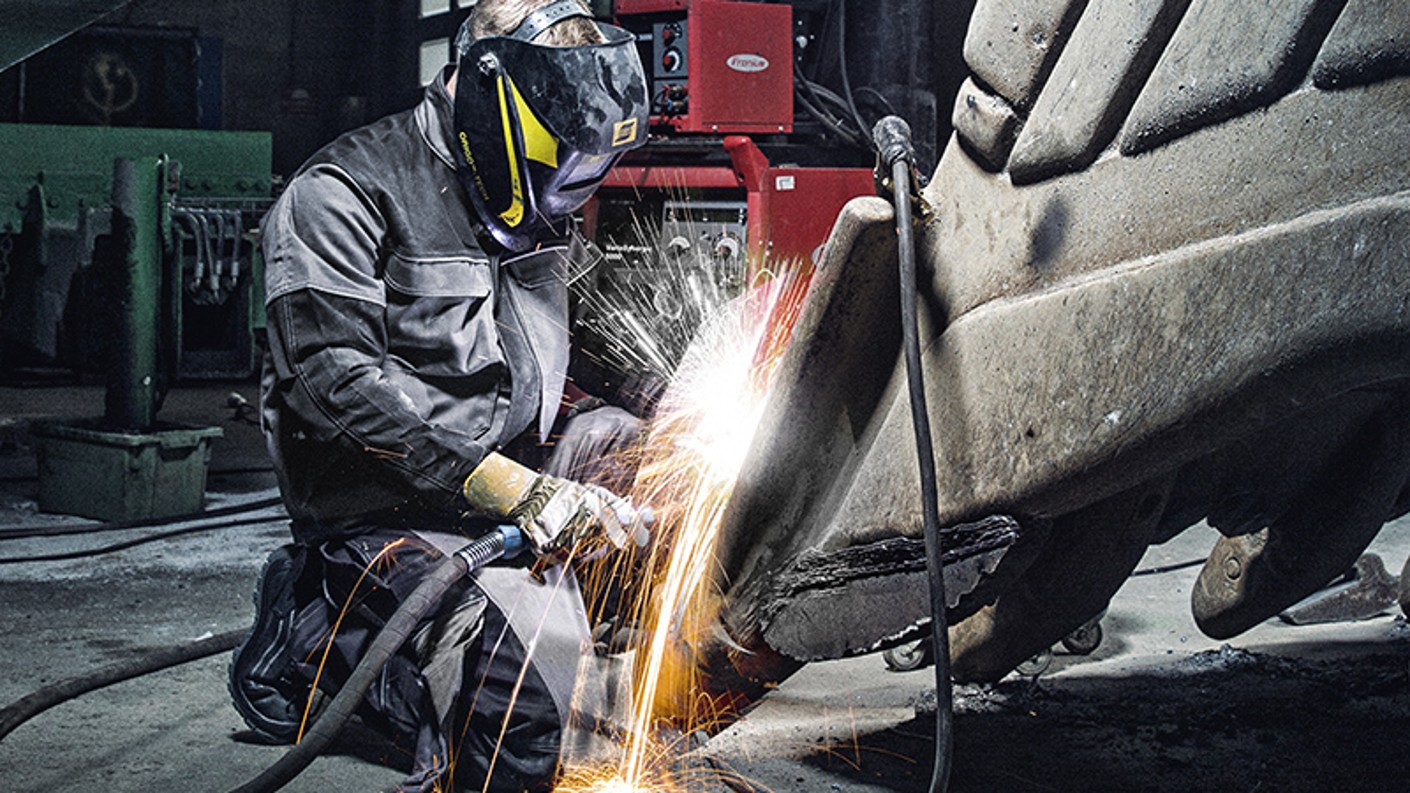
Requirements for flame-retardant clothing and welder’s protective clothing
Flame-retardant clothing protects the wearer against heat and flames, which could result from convection or radiant heat, molten metal or a combination of these. The purpose is to prevent clothing from catching fire, or to stop the flames from spreading.
Welder’s protective clothing protects the wearer against molten metal spray, brief contact with flames and keeps out radiant heat. This type of clothing is divided into two classes. While products from class 1 are suitable for occasional welding with fewer hazardous welding processes, regular welding in hazardous occupational situations requires products from class 2. For optimal protection for the wearer, protective work wear must fully cover the body.

Heat protection clothing for different demands
Depending on the working area of the hot-operation employee, heat protection clothing for light or heavy demands is required. In the event of light demands, the material may not continue burning for more than two seconds if it makes brief contact with flames.
Heat-protection clothing for heavy demands should provide protection against molten materials or in the event of brief contact with flames. It can be worn over thermal-protection clothing for light applications, and for a duration of at least 30 minutes. In the event of intense exposure to flames, a different type of protection may be necessary.
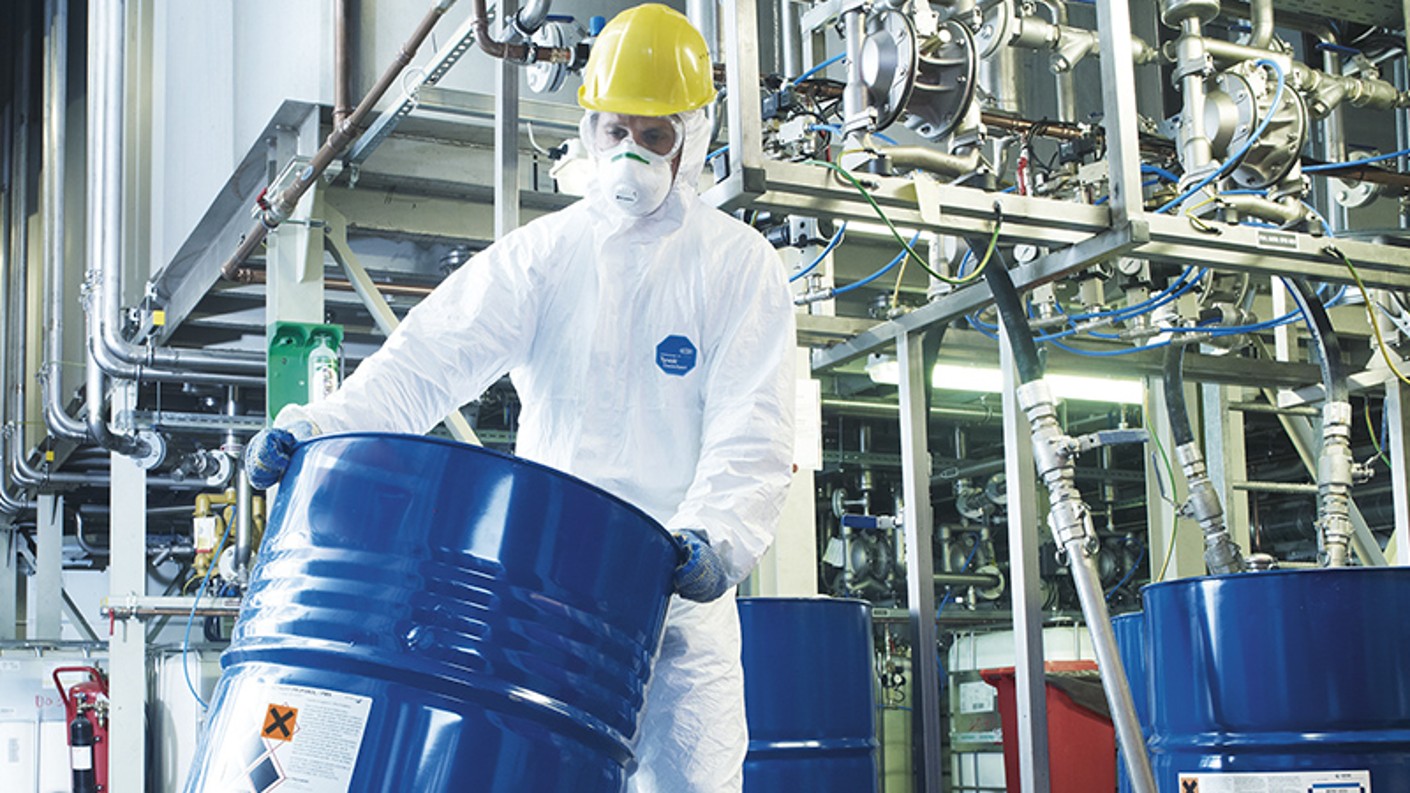
Chemical-protection suits for protection against hazardous materials
Chemical-protection clothing prevents injuries resulting from liquid, solid or gaseous chemicals, and keeps out hazardous materials. Special standards for this type of protective work wear provide guidance; the clothing pieces must be suitable for the chemicals which are present at the work place.
COMFORT AND PRACTICAL INFORMATION
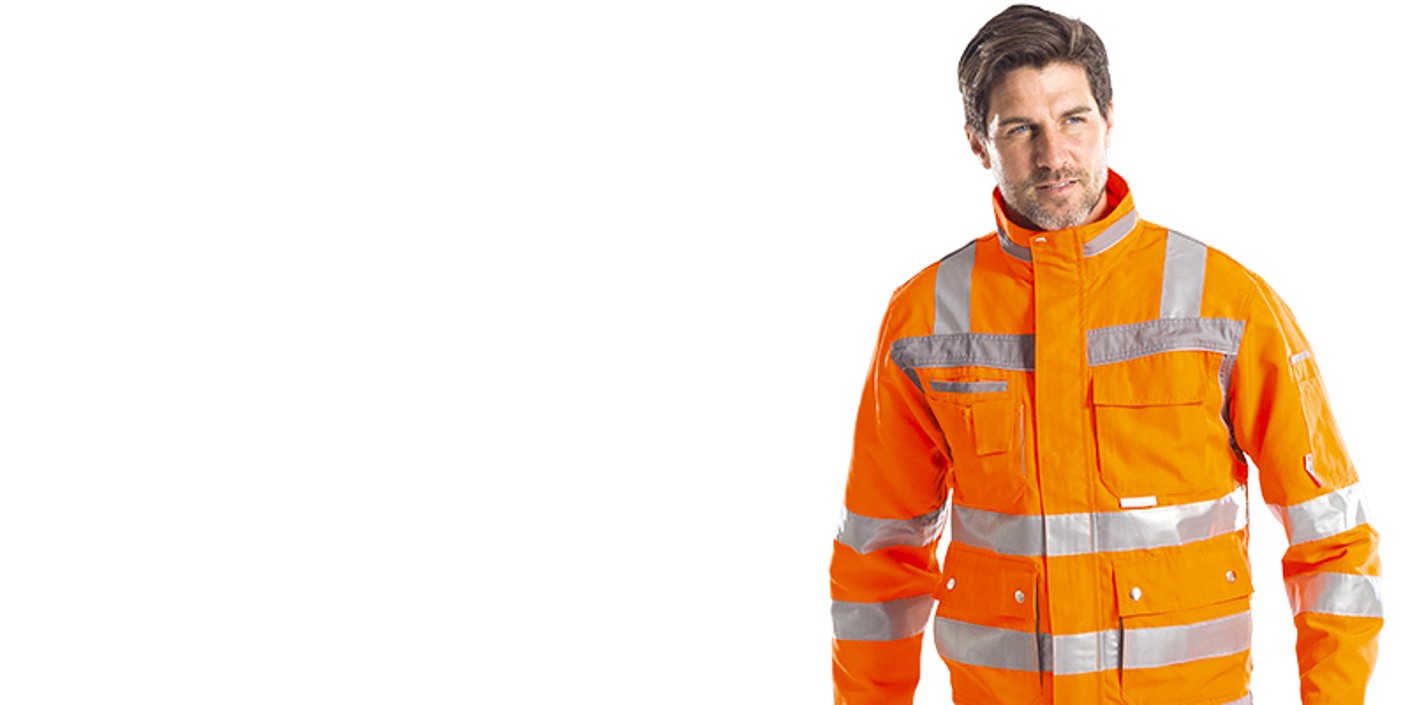
Functional design for optimal wearing comfort
In order to increase the acceptance of protective work wear amongst employees, manufacturers take wearing comfort and a functional design into account whenever possible. Practical characteristics when making a selection can depend on the area of use:
- Particularly light weight (e.g. for welder’s jackets)
- Welded seams
- Hidden zip fasteners (e.g. for heat and flame protection)
- Adjustable cuffs
- Jackets with a shorter front for increased freedom of movement
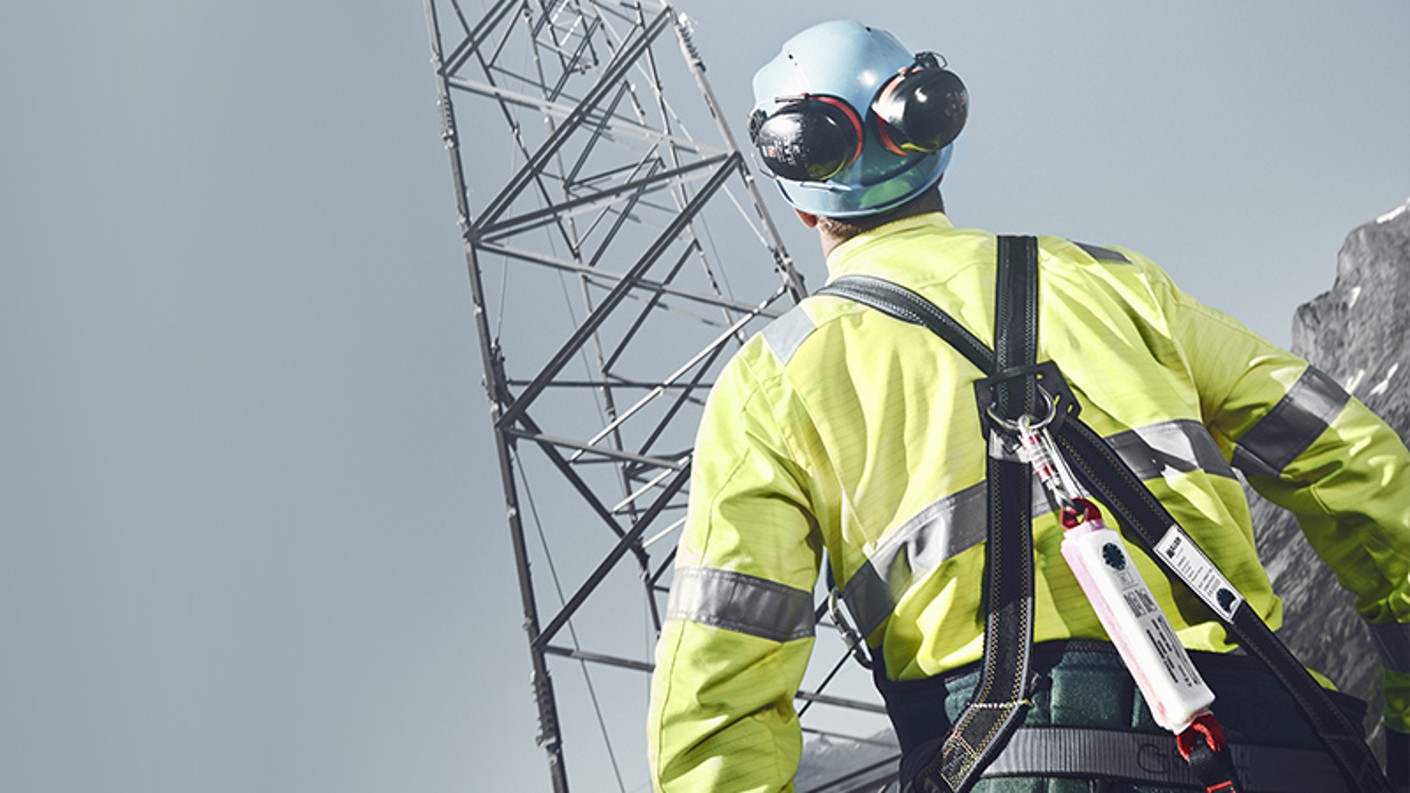
Optimal care of protective work wear
Protective work wear must always be in perfect condition so that it can protect the wearer against occupational hazards optimally. For example, high-visibility clothing should not be dirty, so that it fulfils its protective function during conditions with poor visibility. This is why regular inspections are just as important as taking proper care of high-visibility or safety clothing. Take note of washing temperatures of the respective models and replace damaged protective work wear.
COMPREHENSIVE PRODUCT RANGE AND PERSONAL ADVICE

Our product range features selected protective work wear from well-known manufacturers which stand out due to their high quality, state-of-the-art materials and pleasant wearing comfort. Whether high-visibility clothing, flame-retardant or welder’s protective clothing, chemical protection clothing or multi-standard clothing – they all correspond to the latest safety standards and regulations.
Would you like to equip your business with personal protective clothing? Our expert team of PPE specialists will support you in this endeavour – from risk assessment to product selection all the way to wear tests and training your employees. We will advise you in person, via telephone or e-mail.

Employers are responsible for the occupational health and safety of their employees. This is why they must provide the required protective work wear for their occupational tasks free of charge; this clothing must also be certified for the respective area of application. The standard EN ISO 13688:2013 regulates general requirements for protective work wear such as ergonomics, ageing, size designation, labels, harmlessness, compatibility and information which the manufacturer must provide with the protective clothing. It can only be applied in combination with other standards.
Additionally, there are a series of specific standards:
- EN ISO 20471:2013/2017 – High visibility clothing
- EN 1149 – Protective clothing - Electrostatic properties
- EN ISO 11612:2015 – Clothing to protect against heat and flame
- EN ISO 11611:2015 – Protective clothing for use in welding and allied processes
- EN ISO 14116: Protective clothing - Protection against flame - Limited flame spread materials, material assemblies and clothing
- EN 61482-1-2: Protective clothing against the thermal hazards of an electric arc
Standards for chemical protection:

Pictograms in the following sequence: gas-tight, not gas-tight, liquid-tight, spray-tight, solid particles, limited protection against liquid chemicals, protection against radioactive contamination, protection against infectious agents, protection against pesticides.
FREQUENTLY ASKED QUESTIONS ABOUT PROTECTIVE WORK WEAR
When is it necessary to wear welder’s protection suits during welding work?
If welding or flame cutting is a continuous process or the on-site conditions make it necessary, welder’s protection suits should be worn.
Can certified high-visibility clothing be altered by means of a print or emblem?
DIN EN 20471 stipulates the performance requirements in regards to the colour of the material of the high-visibility clothing as well as the reflectivity of the material, according to which the clothing and the material are inspected and certified. This standard specifies the required surface area of the fluorescent material as well as the surface area of the reflective strips. This is the basis of the different protection classes (class 1, 2 or 3) for high-visibility clothing.
Altering certified high-visibility clothing through customisation (e.g. direct embroidery or attaching an emblem) may decrease the surface area of the fluorescent background material to the point that it no longer meets the minimum required surface area for the protection class. This could mean that in certain areas, the clothing no longer fulfils the requirements.
Certified PPE can fundamentally not be altered if adherence to safety-related requirements can no longer be ensured.
Can you wear shorts in the summer?
This can only be determined through a risk assessment. In working areas with high risks of injury, working in shorts is not advisable. In some sectors, e.g. waste disposal, working in shorts is generally not allowed.

DO YOU HAVE ANY QUESTIONS? DO YOU REQUIRE PPE CONSULTING?
The Hoffmann Group provides you with everything from a single source:
- We provide individual advice, tailored to your needs
- Risk analysis, help with product selection, wearing tests, training sessions and special service offers (glove plans, skin protection plans)
Personal protective equipment also includes: eye protection, breathing protection, hearing protection, foot protection, hand protection, head protection, fall protection, work clothing and skin protection. This takes you to the overview.

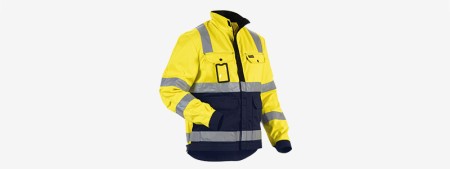
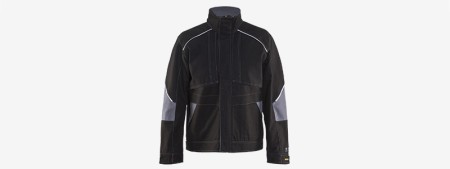

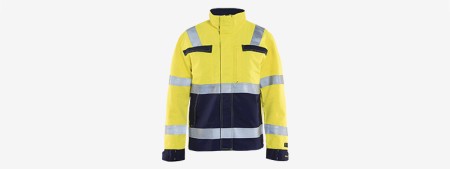


 To contact for protective work wear advice
To contact for protective work wear advice
